Understanding the Future of Aviation Fuel Innovations and Their Impact on Air Travel
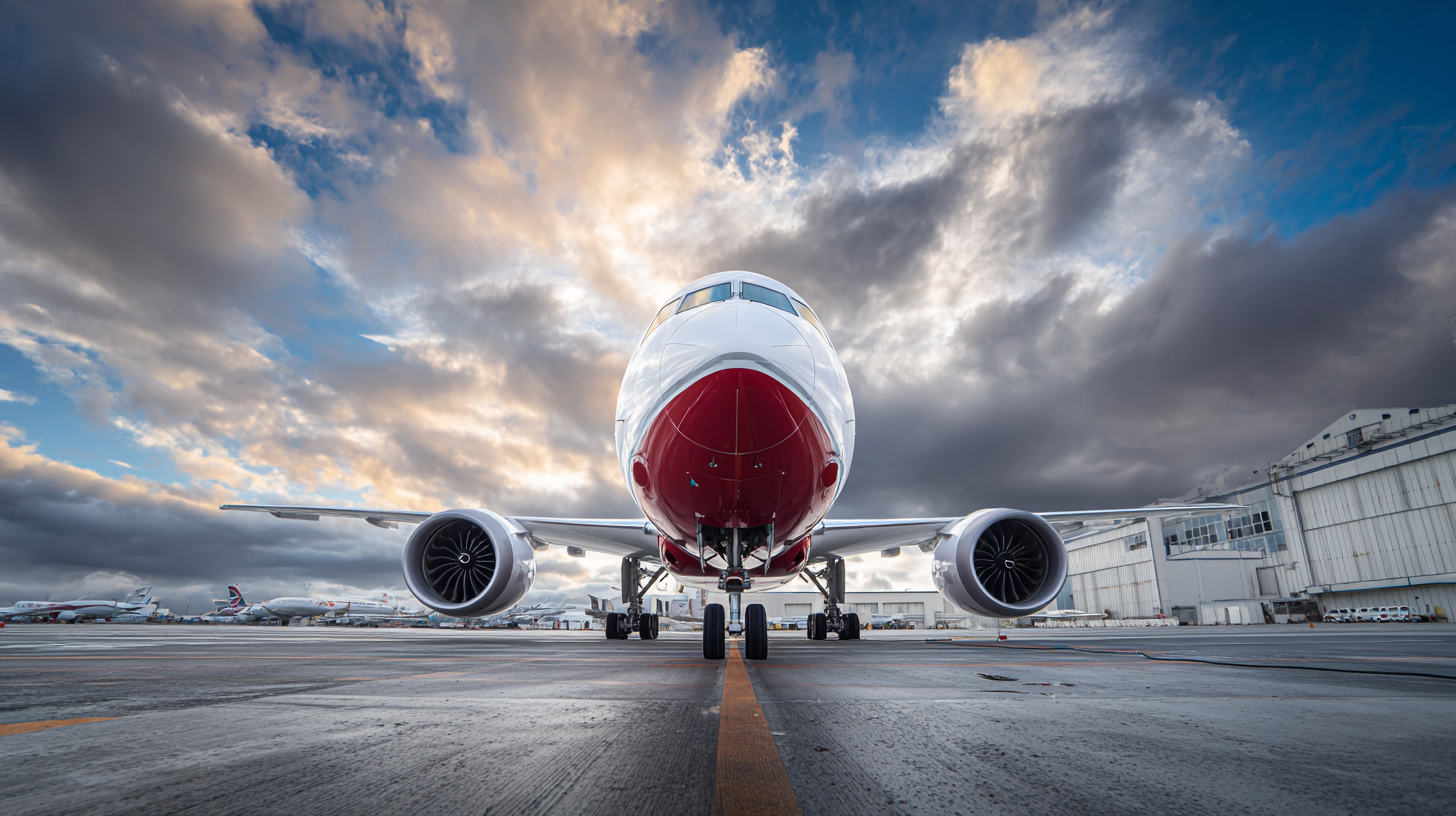 As the aviation industry seeks to achieve a sustainable future, the focus on innovations in aviation fuel has never been more critical. According to the International Air Transport Association (IATA), aviation fuel accounts for approximately 30% of an airline's operational costs, emphasizing the need for efficient and cost-effective solutions. The global demand for sustainable aviation fuel (SAF) is projected to reach 185 billion liters by 2050, as indicated by the Energy Information Administration (EIA). With advancements in biofuels, synthetic fuels, and hydrogen technologies, the aviation sector is poised for a transformative change that not only enhances operational efficiency but also significantly mitigates greenhouse gas emissions. As airlines and manufacturers invest in these innovations, understanding their potential impact on air travel will be essential for passengers, policymakers, and industry stakeholders alike.
As the aviation industry seeks to achieve a sustainable future, the focus on innovations in aviation fuel has never been more critical. According to the International Air Transport Association (IATA), aviation fuel accounts for approximately 30% of an airline's operational costs, emphasizing the need for efficient and cost-effective solutions. The global demand for sustainable aviation fuel (SAF) is projected to reach 185 billion liters by 2050, as indicated by the Energy Information Administration (EIA). With advancements in biofuels, synthetic fuels, and hydrogen technologies, the aviation sector is poised for a transformative change that not only enhances operational efficiency but also significantly mitigates greenhouse gas emissions. As airlines and manufacturers invest in these innovations, understanding their potential impact on air travel will be essential for passengers, policymakers, and industry stakeholders alike.
Current Alternatives to Conventional Aviation Fuels: Trends and Developments
The aviation fuel market is poised for significant transformation as we approach 2025 and beyond, driven by the surge in innovative alternatives to conventional fuels. By 2025, the market value is projected to reach approximately $345.04 billion, escalating further to an estimated $436.7 billion by 2032, reflecting a compound annual growth rate (CAGR) of 3.32%. This growth is largely attributed to the increasing adoption of sustainable aviation fuels, including green methanol, which is expected to experience a remarkable CAGR of over 30.4% from 2024 to 2032, with its market size valued at around $1.7 billion in 2023.
The environmental, economic, and technological factors converging around these innovations emphasize a critical need for the aviation sector to evolve. The recently published white paper on carbon peaking and carbon neutrality in China outlines strategic approaches aimed at promoting green energy and low-carbon development. This aligns with the overarching global consensus to address challenges such as climate change and resource depletion. As new joint ventures and mass production activities emerge, the aviation fuel market is expected to reach a size of $238.2 billion in 2024, underpinned by a robust annual growth rate of 8.2% from 2025 to 2034. This evolution in fuel sources marks a pivotal moment for the future of air travel, aligning industry practices with environmental sustainability.
Current Alternatives to Conventional Aviation Fuels
This bar chart illustrates the market share of various alternative aviation fuels in 2023. Sustainable Aviation Fuel (SAF) currently leads the market with 20% share, highlighting its growing importance in the aviation industry. Other alternatives include biofuels at 15%, electricity at 5%, and hydrogen and synthetic fuels both at 10%.
Key Innovations in Sustainable Aviation Fuels (SAFs): Materials and Processes
Sustainable Aviation Fuels (SAFs) represent a pivotal innovation in mitigating aviation's environmental impact, with various materials and processes pushing the boundaries of what's possible in air travel. Recent advancements highlight the diverse feedstocks being utilized for SAF production, including biofuels derived from agricultural residues and e-fuels produced through renewable energy sources. According to the International Air Transport Association (IATA), the aviation industry aims to achieve net-zero carbon emissions by 2050, and SAFs are projected to provide approximately 65% of the necessary reduction.
The emergence of key players in the SAF market is driving the industry's transformation. For instance, significant investments have been made in states such as Brazil, aiming to leverage its agricultural strengths to produce SAF as a feasible alternative to fossil fuels. Additionally, countries like South Korea are optimizing their advanced waste recycling systems to develop SAF, propelling their potential for leadership in the global market. By utilizing innovative technologies, these nations are enhancing not only their aviation sectors but also contributing to the broader conversation on sustainable energy and environmental responsibility.
The Impact of Regulations and Policies on Aviation Fuel Innovations
The recent discussions around sustainable aviation fuels (SAF) underscore the critical role of regulations and policies in driving innovations within the aviation fuel sector. The European Union has set a precedent by mandating the implementation of a sustainable aviation fuel mandate starting January 1, 2025. This initiative is expected to significantly push the aviation industry toward greater adoption of SAF, which is essential for achieving carbon neutrality targets. According to a report by the International Air Transport Association (IATA), adopting SAF could reduce aviation greenhouse gas emissions by up to 80% compared to conventional fossil fuels over their lifecycle.
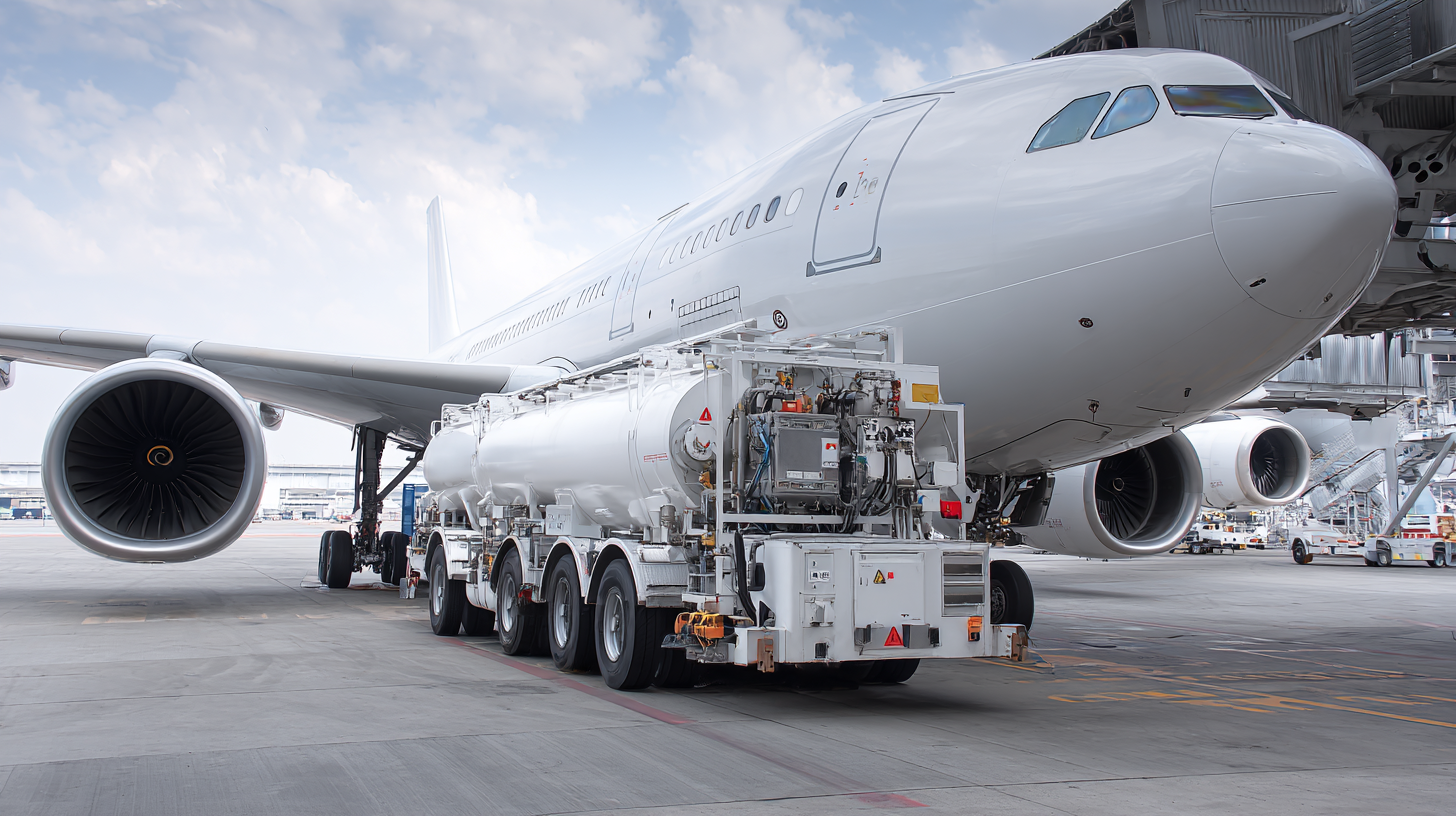
Moreover, the impact of these regulations reverberates globally, influencing nations like China, which are actively exploring pathways to align with international decarbonization efforts. At the recent Impact Climate Innovation Conference, industry leaders emphasized that adhering to SAF initiatives could not only help the aviation sector mitigate its carbon footprint but also position countries as frontrunners in the competitive global aviation market. The move toward stricter regulations is likely to foster investment in alternative fuel technologies and infrastructure, further accelerating the transition to a more sustainable aviation future.
Environmental Benefits of Advanced Aviation Fuels: A Comparison with Traditional Fuels
The aviation industry faces increasing pressure to reduce its environmental impact, prompting innovations in aviation fuels. Advanced aviation fuels, such as Sustainable Aviation Fuel (SAF), offer promising alternatives that can significantly decrease carbon emissions compared to traditional fossil fuels. According to a report by the International Air Transport Association (IATA), SAFs can reduce lifecycle greenhouse gas emissions by up to 80% when comparing their use to conventional jet fuels. This is pivotal for the industry's commitment to achieving net-zero carbon emissions by 2050.
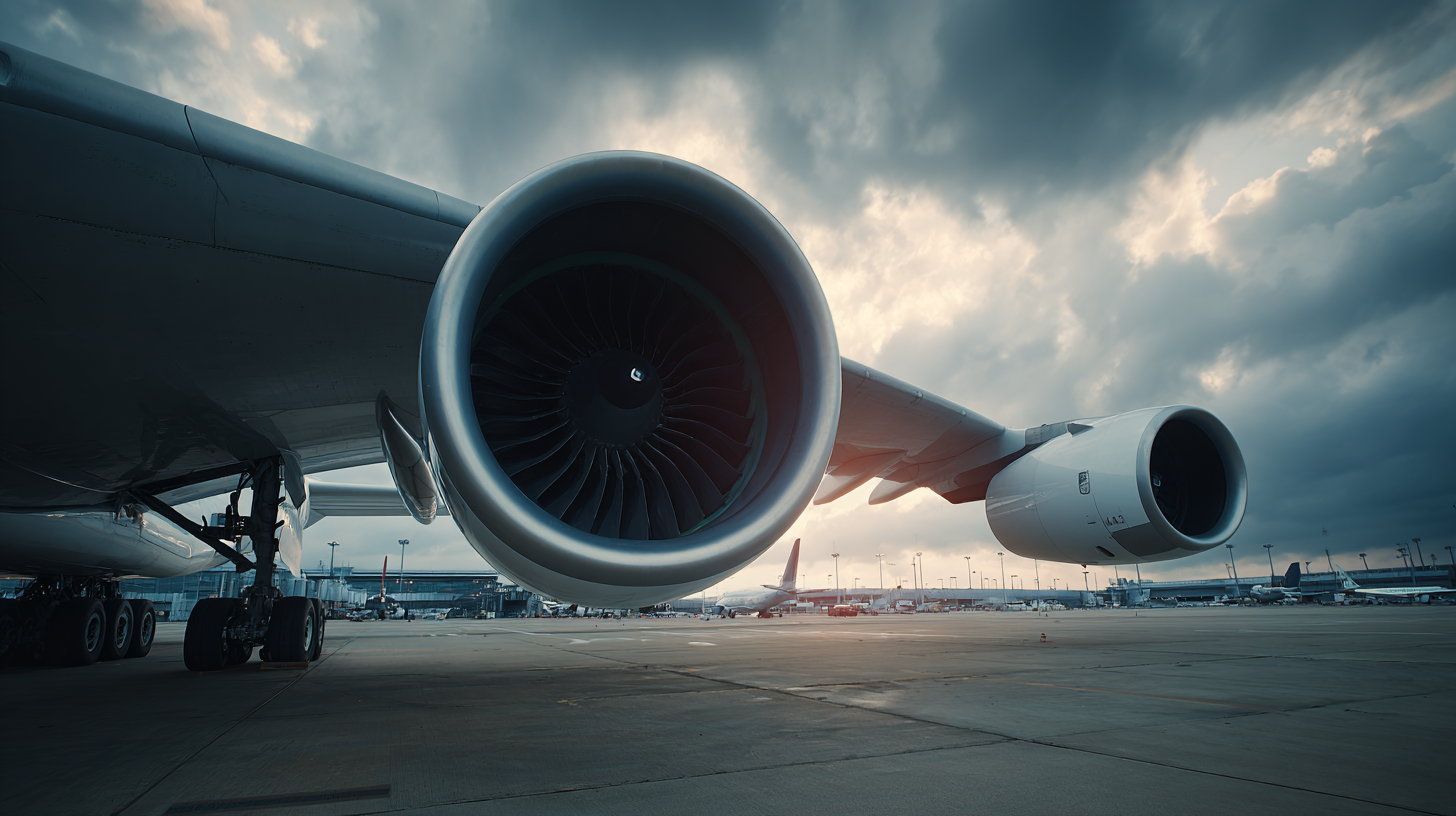
In addition to reducing carbon emissions, advanced fuels also contribute to lower particulate matter and nitrogen oxides (NOx) emissions, which are crucial for improving air quality. A study conducted by the Commercial Aviation Alternative Fuels Initiative (CAAFI) indicated that the use of SAFs could lead to a 50% reduction in NOx emissions. This not only benefits the environment but also enhances public health and community sustainability around airports.
Tips for travelers: Consider flying with airlines that are investing in sustainable aviation fuels to support eco-friendly initiatives. Also, stay informed about flights operating on SAFs, as they help push the aviation industry toward greener practices. Being an informed traveler can foster greater demand for innovations that benefit the planet.
Future Prospects: New Technologies Shaping the Aviation Fuel Landscape
The aviation fuel landscape is undergoing significant transformations driven by technological advancements and a growing emphasis on sustainability. According to industry projections, the sustainable aviation fuel (SAF) market is expected to expand considerably, with estimates suggesting a market valuation reaching USD 3450.4 billion by 2025, and growing to USD 436.7 billion by 2032 at a compound annual growth rate (CAGR) of 3.32%. This growth trajectory is being fueled by an urgent need to address the aviation sector's contribution to climate change, which includes releasing pollutants that result in approximately 3.5% of global warming.
Innovative technologies are at the forefront of this evolution, particularly with the emergence of various types of sustainable aviation fuels, such as biofuels and synthetic fuels. The development and commercial application of processes like HEFA-SPK (Hydroprocessed Esters and Fatty Acids Synthetic Paraffinic Kerosene) and FT-SPK (Fischer-Tropsch Synthetic Paraffinic Kerosene) are critical for decarbonizing air travel. Reports have highlighted the potential of synthetic fuels as a key player in achieving net-zero emissions within the aviation industry, indicating a strategic shift towards a more environmentally friendly future. As the aviation sector adapts to these new technologies, its role in the global energy transition becomes increasingly pivotal.
Related Posts
-

Exploring the Future of Fuel System Aviation at the 138th Canton Fair 2025
-
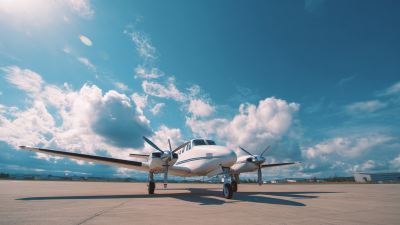
Exploring the Advantages of Using General Aviation Fuel for Your Aircraft Operations
-

Unlocking the Future of Energy: How Consolidated Fuel is Revolutionizing the Fuel Industry
-

Building Your Dreams: A Comprehensive Guide to DIY Kit Aircraft for Aviation Enthusiasts
-
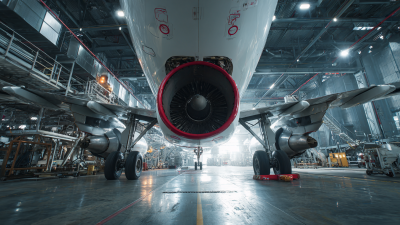
Understanding the Evolution of Aircraft Service: From Maintenance to Passenger Experience
-
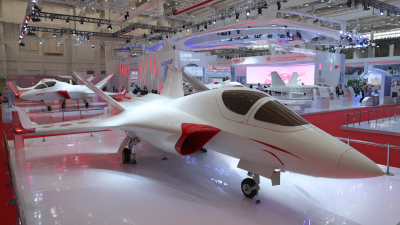
Innovative Aviation Kits Showcase Opportunities at the 2025 China Import and Export Fair
